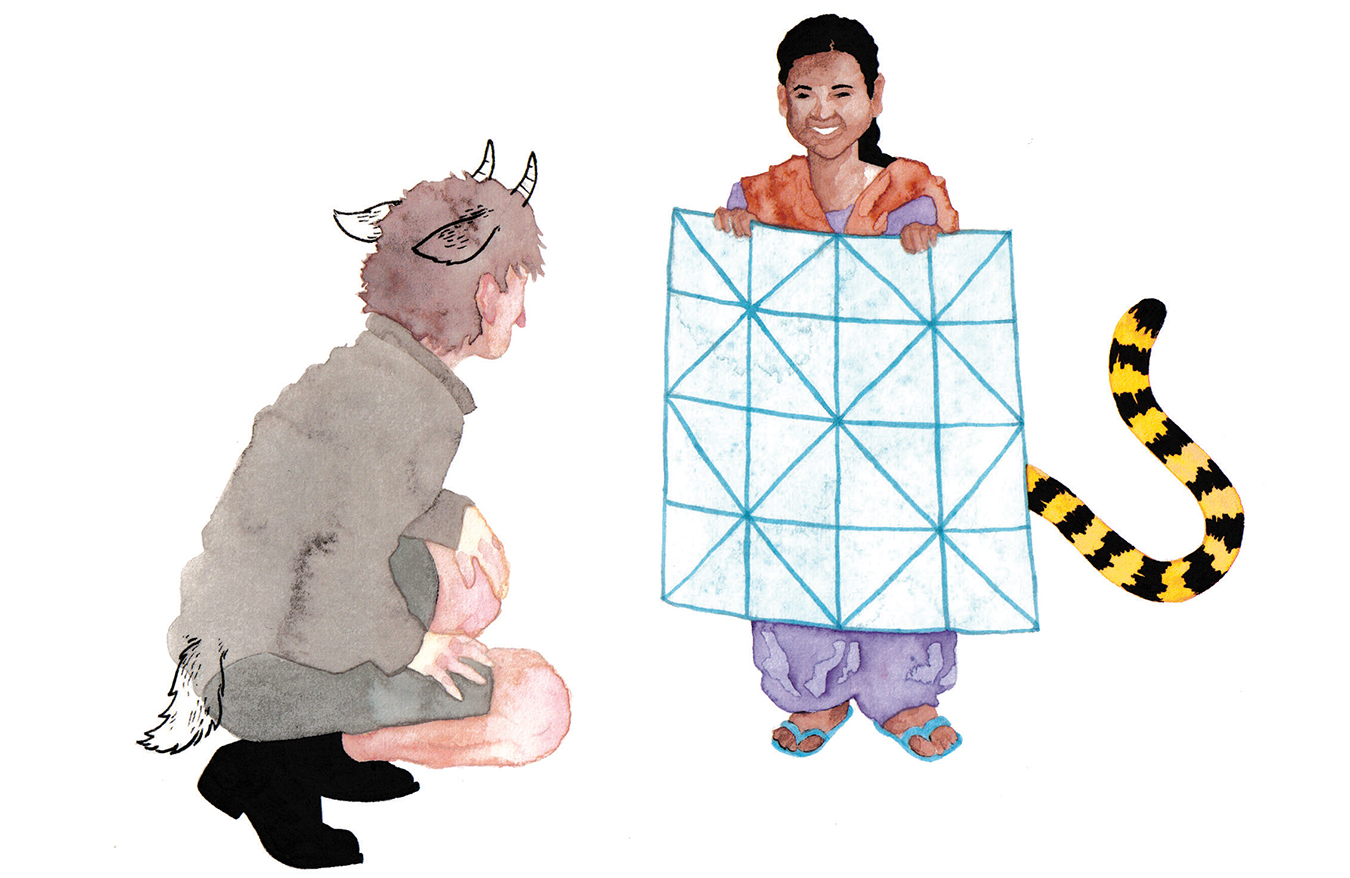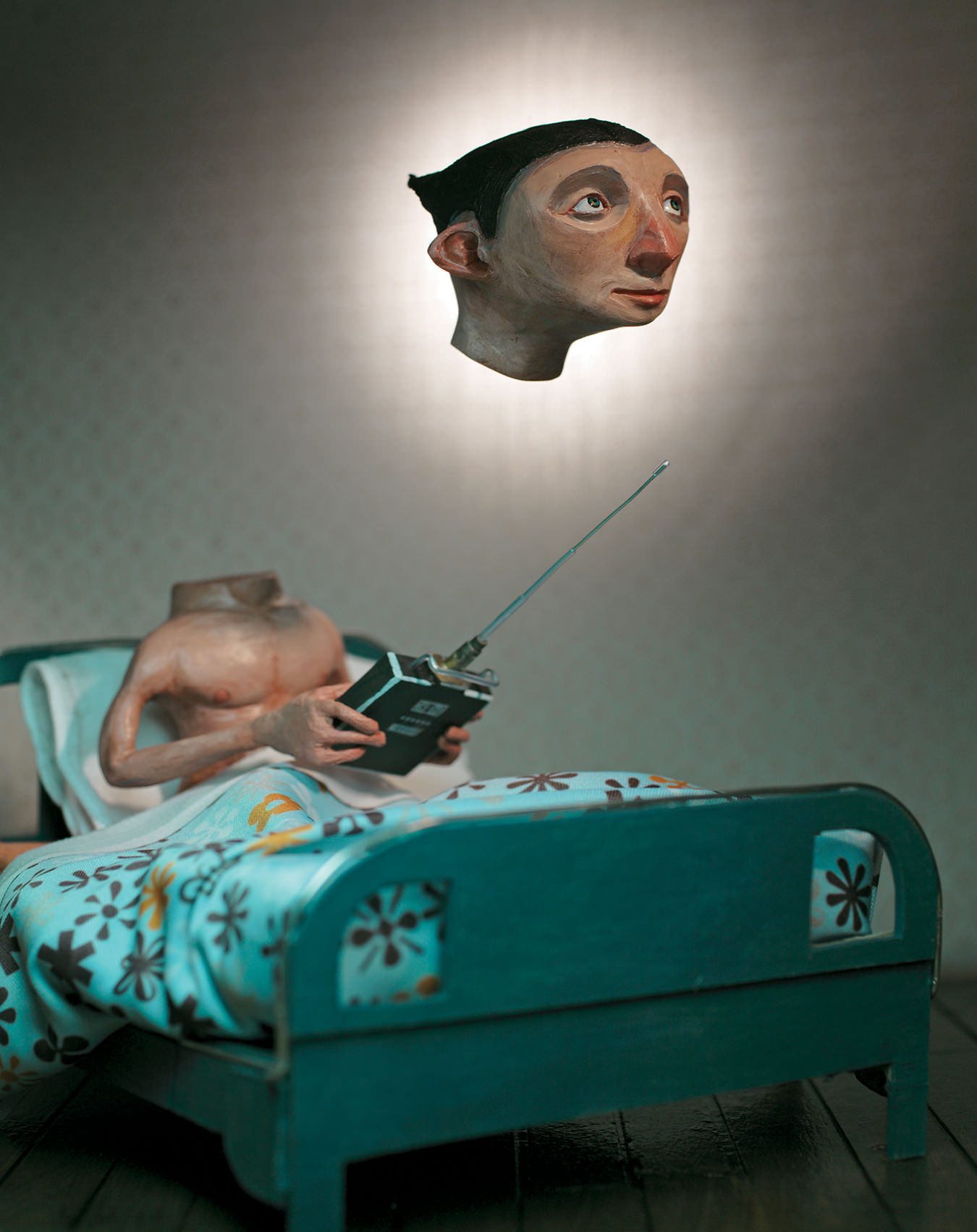The Doctor Is In
Medicine gets personal.

Thirteen years, three billion dollars. That’s the size of the investment made to map the human genome in its entirety, give or take a few months and a few million. While scientists completed the effort over a decade ago, we’re only starting to reap the returns.
One of them: personalized medicine. For most of history, physicians have taken a one-size-fits-all approach, assuming what works for patient X will, perforce, work for patient Y. Now we know better. Even the most minute variation in an individual’s genetic makeup can have a big impact on how an ounce of prevention or a pound of cure actually works.
Today, gene sequencers operate with considerably more economy—three days and a thousand dollars will get you an accurate sequence of a full genome. And that changes everything. Now that it’s feasible to read a patient’s DNA, it should soon be possible to tell which diseases will develop in which patients, and which treatments will be needed to control them. Even more exciting: if a given treatment isn’t working, it may even be possible to craft one from the ground up. This could be the long-awaited breakthrough in the treatment of genetically linked diseases such as cancer, Alzheimer’s, and cardiovascular disease, where the presence or absence of certain inherited mutations can make all the difference to survival.
Consider the implications on pharmacology. Until now, drug development has largely been an elaborate game of pin the tail on the donkey, as researchers try this molecule and then that in an effort to find one that actually works for the majority of people. With the information provided by a personalized gene sequence, guessing becomes obsolete: instead of stumbling around with their eyes blindfolded, researchers can “see” the physiology they need to interact with, and then concoct a more exact formulation that will partner best with it.
Even more intriguing is what it does to the practice of medicine itself. Ever-increasing financial pressures have forced the delivery of health care to become ever more like a fast food joint: get ’em in; get ’em out; keep the line moving. Tomorrow, the norm could be a boutique bistro, with one-on-one consultations that lead to specialized treatments and custom-built drugs. The doctor will see us now—but only one at a time.
Photo by Artyom Korotkov via FreeImages.




